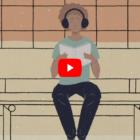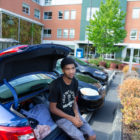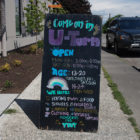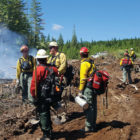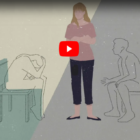
Education For Young People In Shelters Was Already a Challenge — Then Coronavirus Hit
|
More than 40,000 K–12 public school students in Washington experienced homelessness in 2017–18, a number that has nearly doubled in the past decade and likely will continue to grow because of pandemic-driven job losses. For these youth, remote schooling might mean attending class in a shelter room they share with their mother and two siblings. It might mean missing classes due to glitchy Wi-Fi or insufficient cellphone data. And, especially for homeless youth who are on their own, it might mean not having an adult who can help them with assignments and prod them to stay on track.
